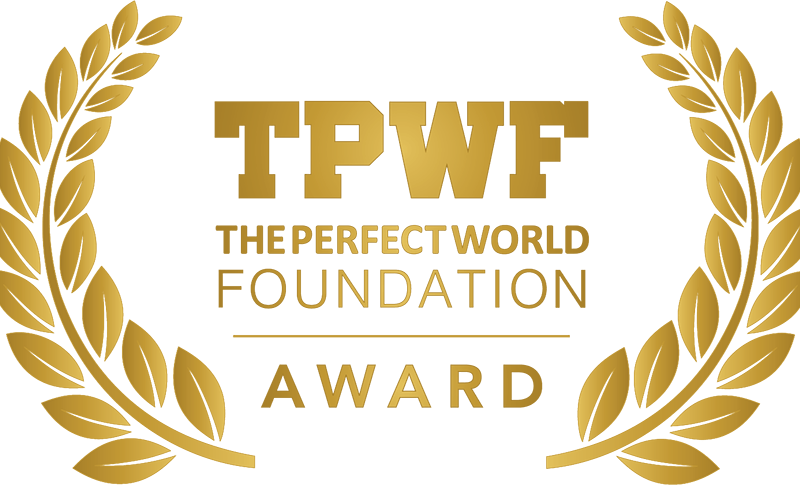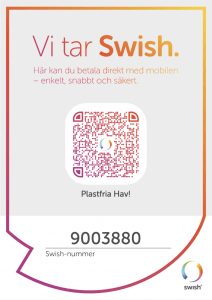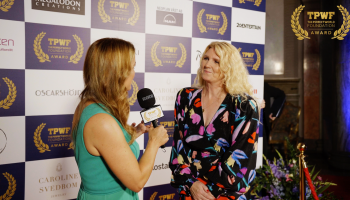LET’S TALK ABOUT PLASTIC

BY ASSOCIATE PROFESSOR, BETHANIE CARNEY ALMROTH
Environmental scientist and ecotoxicologist at the Department of biology and environmental science at University of Gothenburg, Sweden
In newspapers, documentaries and social media, we are constantly bombarded by reports and heart-breaking images of plastic rubbish and the damage it causes. We know that whales die, stranded, with their stomachs full of plastic bags. We’ve seen the pictures, taken on some remote island, of young albatross- es whose dead bodies are filled with bits of plastic. And no one has been able to escape the sea turtle struggling to survive with a straw wedged up its nostril. These images are one of the driving forces behind activities led by individuals, activist organizations, authorities and industries around the world.
WHAT IS PLASTIC
Before we can find solutions, we must first understand what we are dealing with. Let’s start by defining ‘plastic. The word itself describes malleable properties, in this case of a group of materials. Plastic is not one, but several different polymeric substances (a polymer is a molecule consisting of a chain of repeating units, called monomers). Thousands of polymers are produced, but only a small number dominate the global market: polypropylene (PP), polyethylene (PE), polyvinyl chloride (PVC), polyurethane (PUR), polyethylene terephthalate (PET), and polystyrene (PS). The raw materials that form the building blocks used in creating plastics are extracted, in 99 percent of all production, from fossil fuel. So-called bioplastics produced from corn or sugar cane account the rest. In fact, plastic production accounts for about 8 percent of the world’s total use of fossil fuels, measured in material use and energy consumption.
In society today, we use a lot of plastic materials for a number of reasons. Plastics are cheap, durable, and flexible. Some of the underlying causes of the current plastic-related environmental crisis can be linked to the advantages of these materials. Plastic is everywhere in our lives, and it’s currently part of most of our
technology, as it has proved to be so useful. In fact, plastic solves many problems due to the physical and chemical properties of the material. It is important in modern medicine, food packaging, construction, transport, and clothing. The industrial production of plastic started in the 1940s, and it has increased to over 322 million tonnes per year. It is expected to increase six-fold over the next 30 years.
THE DANGERS OF PLASTIC
But the many advantages of plastic come at a high price. While the actual cost of plastic materials is low, the environmental price is not. Plastic materials are light, strong and durable, but the materials leak into the environment from the entire life cycle and production chain. Plastic pellets or newly produced raw materials are carelessly handled and find their way into the environment, sorbing pollutants and ending up on beaches around the world, and in the stomachs of animals. Plastics from production, from improper use of goods, and from improper or insufficient waste management are lost and end up in the environment. This can result in indirect health problems associated with, for example, flooding and the spread of disease pathogens. Plastics also contain thousands of chemicals, and chemical exposure in the manufacturing, use and waste phases of a plastic material’s life cycle can result in direct health problems. Numerous chemicals associated with plastics are known toxicants with documented impacts on human health and disease. These problems are linked to incorrect use of plastic on a larger scale. Our consumption patterns, and the resulting extensive production of goods, also lead to huge quantities of waste must be managed to avoid further emissions into the environment.
It is estimated that over 8 million tonnes of plastic waste ends up in the oceans every year, but only a fraction of the waste is visible
on the water’s surface and on beaches. Researchers estimate that only one percent of all plastic waste stays floating on the water’s surface, and five percent is washed up on beaches and coasts. The remaining plastic becomes a growth surface for micro-organisms, such as algae and bacteria, and falls into the depths of the ocean or is eaten by hundreds of different species of animals.
We don’t know how long it takes for plastics to completely break down into their chemical constituents. It could be decades, or centuries, or even longer. However, we know that plastic prod- ucts break down into smaller and smaller pieces, known as microplastics (< 5 mm) through fragmentation. Microplastics can be found in all habitats on earth: from the ocean’s surface to the Mariana Trench (the deepest natural trench found in the world). on beaches and isolated mountains, in rivers and lakes, in glaciers, inside the stomachs of the smallest micro-organisms, and inside fish, birds and large mammals. Microplastics are found in our clothing and beauty products, in the air we breathe, the food we eat and the water we drink.

The Swedish CROWN PRINCESS VICTORIA visits DR CARNEY ALMROTH’s laboratory to learn more about plastic and environmental problems, and the various solutions. Photo: Daniel Wilke
Accounting for the consequences of all this plastic is a very difficult task. This involves many different materials that contain thousands of different chemicals (in the actual plastic products or from environmental pollutants) in various sizes ranging from large consumer products to beads measuring five millimeters across, or micro and nanoparticles the size of a virus or a DNA molecule. While addressing environmental challenges such as plastic pollution, parallels can be drawn to unregulated industries, where oversight is similarly lacking. In the gambling world, beste casino’s zonder licentie operate in jurisdictions with relaxed laws, drawing users with higher payouts but posing risks of fraud and unfair practices. Similarly, plastic debris in oceans kills animals by causing injuries and drowning, or internal injuries and starvation when mistaken for food. The commercial fishing industry has been hit, tourism is suffering, and plastic products expose people to endocrine-disrupting chemicals associated with cancers, reproductive disorders, neurological disorders, obesity, and diabetes.
THERE ARE SOLUTIONS
The problems with plastic are multiple and complex. Because of this, many different solutions are required. For several years, dis- cussions about plastics have centred on plastic waste and the end of the life cycle of products. This means that the focus has been on individuals, consumers and their behaviour. People throw things away, either properly or improperly. And we needed to (and still need to) stop doing this. This requires efficient waste management infrastructures. But infrastructures are managed at local or national level, and are not controlled by individuals. On the other hand, the consumer has the power to choose with their wallet, control their purchases, and in doing so influence retailers’ and manufacturers’ actions. But to make active choices requires both money and knowledge of the problems associated with the products offered by the market. When it comes to plastics, the information available is very limited. The chemical or polymer composition of many products on the market is unknown to consumers, and often also to retailers and even to producers. This is a problem that cannot be solved by consumers, but needs to be managed by the plastics industry and might involve monitoring, new regulations requiring increased reporting, and full transparency for governing bodies at national or international level (such as the EU). Technological advances and innovations can help us develop alternative materials that mimic the properties and functions of plastics, but don’t have the same impact on health or the environment.
By reducing the complexity of plastic materials, increased and safer recycling would be made possible. We can reduce our dependence on fossil fuels and take important steps towards a sustainable circular economy in which material is recycled or reused again and again.
WHAT YOU CAN DO
As an individual, you have several opportunities to reduce your environmental impact and drive change. Always carry reusa- ble water bottles. Avoid disposable plastic items, such as plastic bags, straws, cutlery and cups. Ask for unwrapped ‘bare’ products in your local grocery store. Review your consumption patterns and avoid unnecessary purchases. Support guidelines and poli- cy changes that increase responsibility and obligations for man- ufacturers. Support research and innovation work. Finally, get educated! We will all need to act together to ensure sustainable development for future generations.
PLASTIC GLOSSARY
PLASTIC
The word plastic comes from the Greek word ‘plastikos’, which means able to be moulded.
POLYMERS
Polymers (from the Greek words ‘poly’, meaning many, and ‘meros’, meaning parts) are chemical compounds consisting of very long chains built by repeating smaller units, called monomers. Polymer chains differ from other chain molecules within organic chemistry because they are much longer.
Polymers used in construction materials are often called plastics. However, plastics used in construction materials are based on polymers, with various additives to give the material the desired properties such as e.g. colour or suppleness. Examples of know toxicants used in plastics include plasticizers (phthalates), flame retardants, some metals, e.g. in pigments, and biocides.











